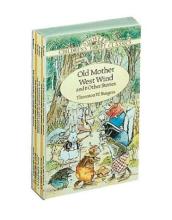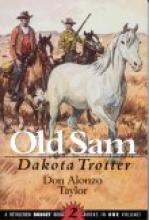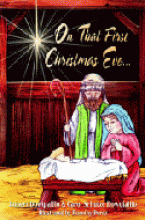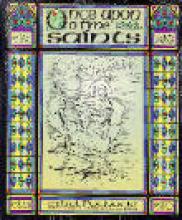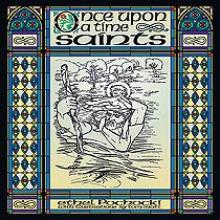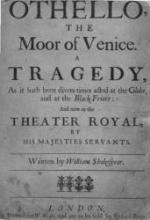No name
Old Mother West Wind and other stories
You are probably already familiar with the animal stories written by Thornton Burgess in the early 1900s. These go by titles such as "The Adventures of Johnny Chuck" and "Old Mother West Wind" and are sold by Dover Press for only $1. Each book tells about the life and adventures of various animals in such a way that the child easily learns about animal habitat and woodland lessons. In "Old Mother West Wind" the book starts off telling about her children, "The Merry Breezes," who carry scents of animals as they fly along ruffling (tickling) the fur of different animals. Later in the book we read about a bird who, one night, almost loses her eggs to a skunk without a stripe. Now we have an idea of why God gave skunks stripes. My daughter silently reads a chapter from these books each day and narrates them at dinner. These are written at the second grade level and contain just a few illustrations (line drawings).
Update April 2024: This particular boxed-set is no longer available, but the individual titles still are. Today, they run about $5 each, new.
Old Sam, Dakota Trotter
Old Sam is the story of two young boys (ages 10 and 12) living in the wild Dakota Territory of the 1880s and their crippled - but extremely capable - horse named Old Sam. They are based on the author's own homesteading experiences as a young boy. Although there are similarities in time and location, unlike the Little House books which focus so much on family life, the Old Sam books are more like adventure stories about the two boys and their horse exploring the strange untamed land around them, "hunting" for wild animals and "bad guys" and proving to others how great Old Sam really is. A delightful story even on a very simple level, with many funny and interesting plot twists (I had to re-read favorite chapters aloud to Daddy at dinner time under persistent urging from my children), the book also portrays an important historical look at pioneer life and the author shares wisdom in experiences relating to using one's head, dealing with neighbors and the importance of courage, fortitude and basic competence. Naturally, the book makes especially great reading for boys and horse-lovers. Our family enjoyed this book so much as a read aloud that my husband and I ordered a number of copies for Christmas presents for our godchildren.
The second story focuses on Johnny and Old Sam's role in unraveling the problem of a band of horse-thieves plaguing the neighborhood. Although still quite young, Johnny's competence and fairness earn him the respect of the Sheriff and other important men of the town. A really great story, this is bound to be a family favorite. It is the sort of story that will likely help reluctant readers (especially boys in mid-grade school) learn to appreciate a really good book. It also touches upon some tough questions about fairness and justice that young readers can grapple with alongside the hero of the book.
On That First Christmas Eve
The illustrations by Dorothy Perez add to the innocence and beauty of the book. The pictures are lightly drawn colored-pencil sketches, a new sketch on every two-page spread. A simple, lovely book for children to read throughout the Christmas season.
Once Upon a Time Saints
The second volume, More Once Upon a Time Saints, brings us more stories of the saints.
Once Upon a Time Saints (audio book)
On the first CD, we hear the introduction to the book and meet seven saints, including Alice, Ambrose, Anne, and Barbara. The second CD includes nine more saints, such as Clement, Comgall, Dorothy, Genevieve, and Hubert.
If you are wondering what to do with your children on long (and not so long) trips in the car, listening to these saint stories is a nice way to keep everyone happy.
2 CDs, Approximately 100 minutes (Unabridged)
One
Our own Number Seven has read this new picture book aloud to me countless times since I picked it up at the library last week. She loves it! Perhaps it is because the numbers in the story stop at seven... or more likely it is because the book gives the colors personality and emotion, creating interesting twists to a fun story.
Product Description:
Blue is a quiet color. Red’s a hothead who likes to pick on Blue. Yellow, Orange, Green, and Purple don’t like what they see, but what can they do? When no one speaks up, things get out of hand — until One comes along and shows all the colors how to stand up, stand together, and count. As budding young readers learn about numbers, counting, and primary and secondary colors, they also learn about accepting each other's differences and how it sometimes just takes one voice to make everyone count.
A couple of sample pages:


Onions in My Boots
Othello
Written c. 1601-1604
Many editions available. "Interleaved" editions (original text with notes on facing page) are helpful.
Otto of the Silver Hand
Guest review by Colin Hogan and Brigid Hogan

